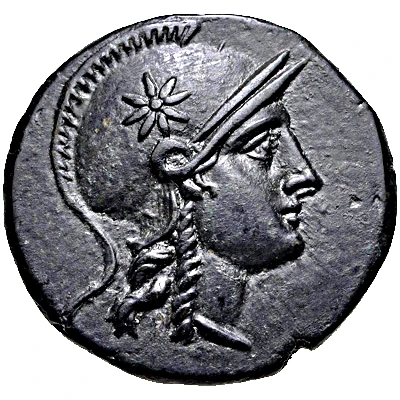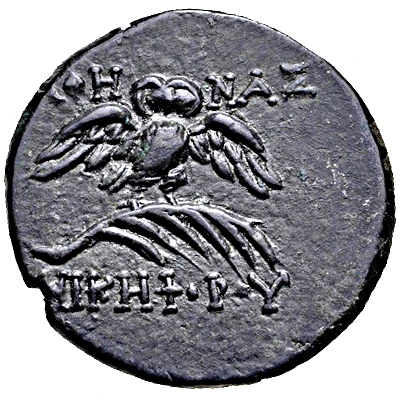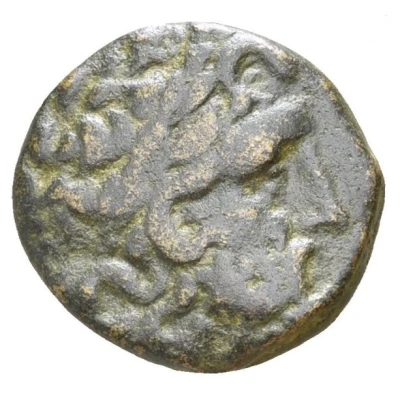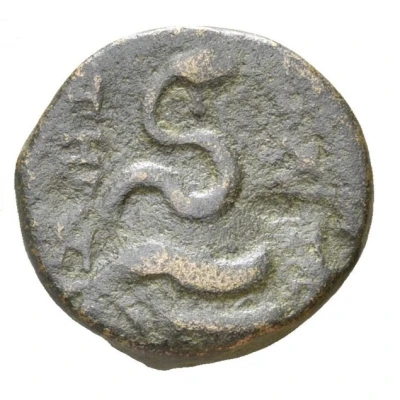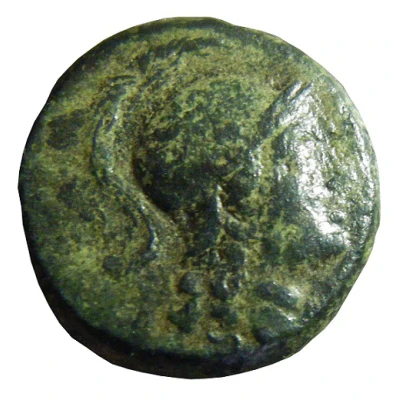
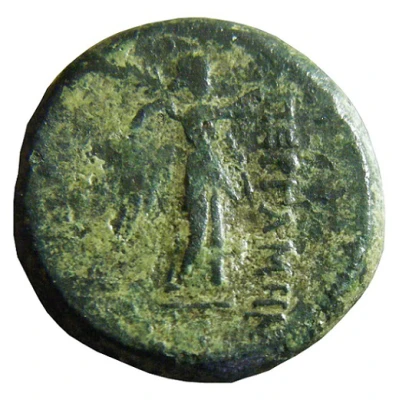

© SanglierFSE
Hemiobol 200 BC - 133 BC
| Copper | 8.3 g | 18 mm |
| Issuer | Pergamon (Mysia) |
|---|---|
| Type | Standard circulation coin |
| Years | 200 BC - 133 BC |
| Value | Hemiobol (1⁄12) |
| Currency | Drachm |
| Composition | Copper |
| Weight | 8.3 g |
| Diameter | 18 mm |
| Shape | Round (irregular) |
| Technique | Hammered |
| Demonetized | Yes |
| Updated | 2024-10-10 |
| Numista | N#58587 |
|---|---|
| Rarity index | 86% |
Reverse
Nike walking right, crowning city name with wreath held with right hand and holding palm branch in left hand.
Script: Greek
Lettering: ΠΕΡΓΑΜΗΝΩΝ
Translation: of Pergamon
Interesting fact
The Hemiobol coin from Pergamon features a unique design on its reverse side, which depicts a stork standing on a tortoise. This design was meant to symbolize the city's association with the goddess Hera, who was often depicted with a stork, and also served as a symbol of fertility and prosperity. The use of a tortoise as the base for the stork was also significant, as tortoises were considered sacred animals in ancient Greece and were associated with longevity and wisdom. This design was used consistently on Hemiobol coins minted during the reign of King Attalus II (159-138 BC), making it a distinctive feature of Pergamene coinage during that period.
